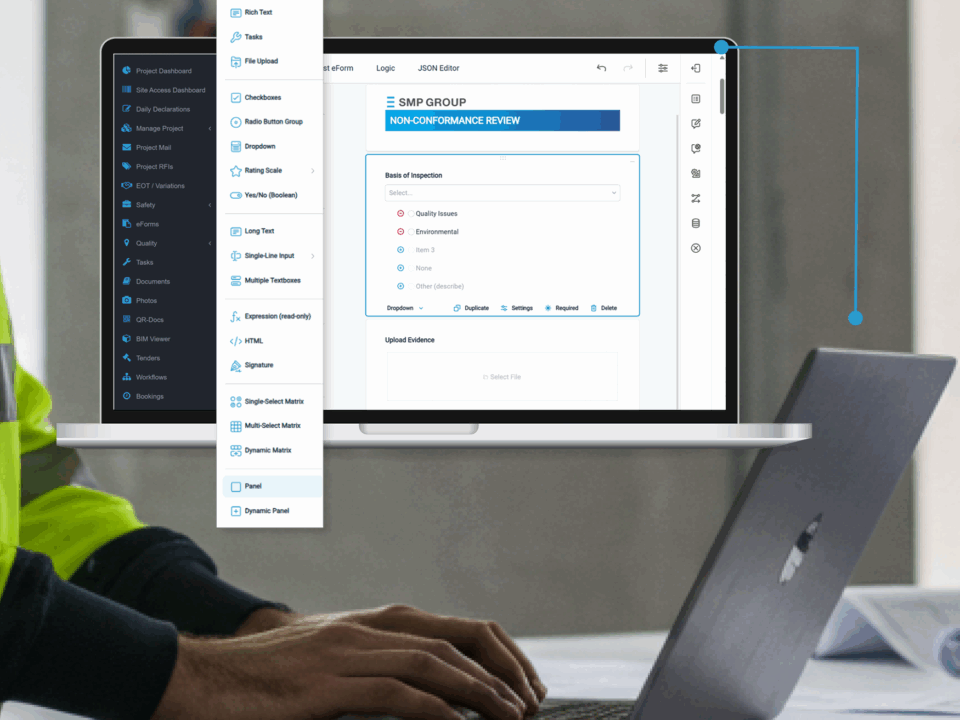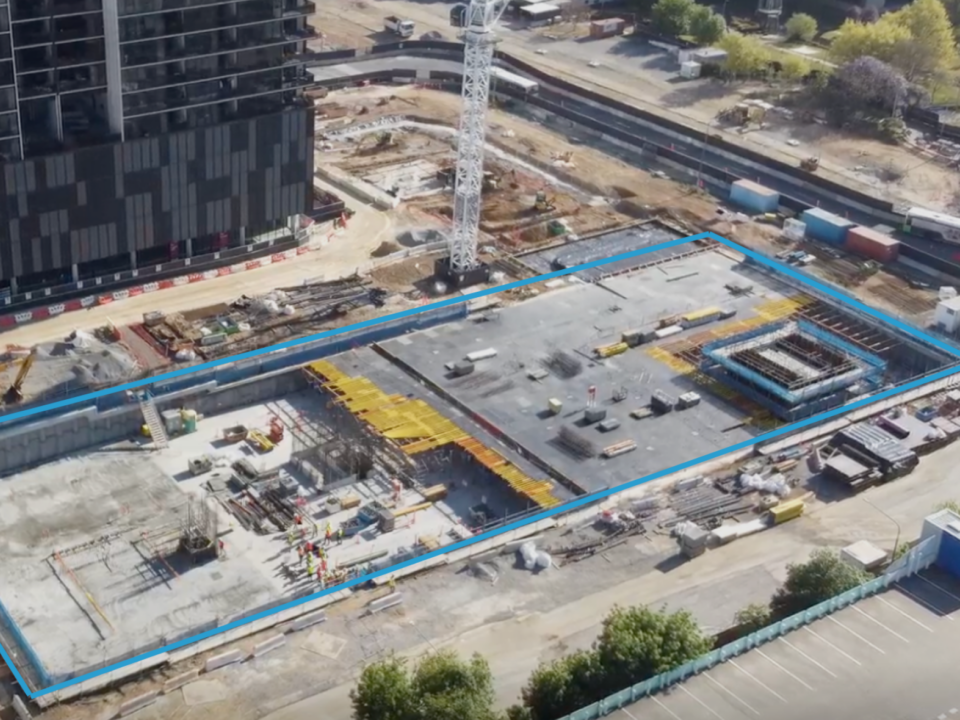Ebony Middleton | Published on 18 July 2025

Australia's construction sector isn't just battling cost blowouts and labour shortages; it's facing a compliance reckoning. Approval processes are slower, documentation demands are tighter, and developers are being held to higher standards than ever.
For many, red tape isn’t just frustrating. It can be the deciding factor between a viable project and one that never breaks ground. Regulatory bottlenecks may be beyond builders' control, but how they capture and manage project data is not. Closing those data gaps is the path of least resistance.
Other markets are already moving this way. In the UK, the “golden thread” mandate requires a continuous, interconnected flow of information from conception to demolition. While not (yet) legislated in Australia, connected, transparent data is already a baseline expectation for how developers manage and deliver projects.
Why documentation standards are raising the stakes
In NSW, developers must comply with the Design and Building Practitioners (DBP) Act and RAB Act. In Victoria, the Building Act is under review with a shift toward more enforceable registration and documentation frameworks. In Queensland, the Building and Construction Commission (QBCC) maintains rigorous licensing and audit requirements, with ongoing efforts to refine frameworks to enhance transparency and compliance. Across the board, the pressure to demonstrate compliance with clear, auditable records is only increasing.
Whether it’s as-built drawings, fire safety documents or inductions, developers must be able to produce accurate and auditable information on demand.
Still, even with the intent to comply, execution often falls short. These are some of the most common obstacles for successful construction compliance:
- Fragmented systems: Disconnected apps, platforms and spreadsheets can’t support complex and consistent records easily – if at all.
- Inconsistent stakeholder communication: With a web of contractors, subcontractors, sub-subcontractors, not to mention clients, it’s easy to misplace essential correspondence and documentation.
- Physical files: Paper records are time-consuming to manage, prone to loss and damage, and difficult to verify during audits.
The cost of falling behind on construction compliance
Failure to meet modern documentation and compliance requirements doesn’t just slow delivery. It puts projects, and businesses, at risk.
Safety
Construction is one of the most dangerous industries in Australia, something every developer, contractor and project manager knows firsthand. In 2023 alone, there were 45 fatalities reported, making construction one of the highest contributors to workplace deaths. The numbers are staggering and reflect what happens when critical safety processes are delayed, missing, or never recorded.
Finances
Non-compliance isn’t just a regulatory issue—it’s a financial liability. Breaches of WHS laws can result in significant financial penalties, with fines for corporations reaching millions of dollars in severe cases. The cost of an injury or audit breach doesn’t end with the fine either. Delays, insurance implications, legal fees and lost productivity can quickly spiral.
Reputation
Beyond financial penalties, non-compliance can severely damage a company's reputation. For instance, in 2018, Sydney's Opal Tower experienced significant structural issues leading to an almost year-long evacuation of residents. The incident triggered class-action lawsuits and attracted intense media coverage, placing both companies under sustained public scrutiny. Such high-profile failures can erode client trust, impact future project opportunities, and draw long-term oversight from industry regulators.
What developers actually need from their construction software
Compliance isn’t about ticking boxes; it’s about having control, oversight, accurate records, and end-to-end visibility that keeps every stakeholder on the same page. The simplest way to get there is with purpose-built software that connects data across the entire project lifecycle. No silos, no guesswork, no missing data.
And that’s exactly what Simpel is built to support: robust data, complete oversight and confidence at every stage.
Here’s how:
Looking ahead: the red tape isn’t going anywhere
Regulatory expectations will continue to evolve and so will the scrutiny on how projects are documented, approved and delivered. As more jurisdictions tighten requirements and digitisation becomes the norm, construction businesses will need systems that are built to adapt. Whether or not mandates like the UK’s golden thread take hold locally, the direction is clear: reliable, accessible project data is fast becoming a baseline, not a bonus.
Project data isn’t just admin. It’s a liability if handled poorly, and a competitive advantage when managed well.
Take control of your project data and construction compliance before it controls your delivery. Book a demo to see Simpel in action.
Sign up to Simpel's Newsletter
A quick read with our latest news, blogs, recent software releases, and big company updates













